Control valve Cv is determined by the manufacturer of the valve and can be found on the valve manufacturer’s related valve data and specification sheets.
Valves are tested by running water through it before publishing the Cv value. It can be assumed that the tests are done with water (unless otherwise noted), using a specific gravity of 1.0, 1.2 centistoke viscosity, and a standard temperature of 60 degrees Fahrenheit.
Why we Measure Control Valve flow coefficient (Cv)?
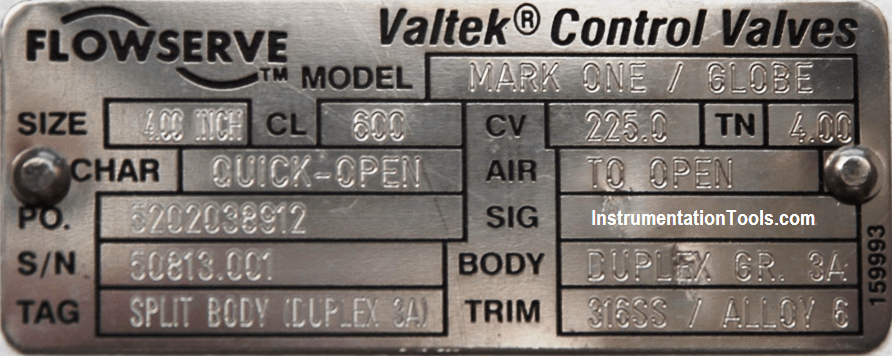
Knowing and understanding your Cv can help you in a number of ways:
- Quickly compare different brands of valves and their flow capacities.
- Help to select a valve that is the right size (and not over-sized or not under sized) for the application
- Quickly understand how the valve you select will have an effect on the pressure in your system
A practical use for Cv would be as follows.
The coefficient of Cv is used by Engineers to size valves. In layman’s terms you need a big enough hole for liquid to go through. If the hole is too small, you can get a pressure drop that make your liquid drop below its vapour pressure. If your liquid drops below its vapor pressure there will get implosions that damage the valve trims, cause of wear. It is called Cavitation.
In effect, the actual flow rate begins to deviate from what is predicted using the flow coefficient equation for sizing control valves. This is because the vapor bubbles occupy more volume as the mass of liquid expands during the phase change, creating an additional resistance to flow. The vapor bubble formation in the restriction prevents the flow from increasing any further. The effect is called Choked flow.
Read Next
- Relative Flow Capacity of a Valve
- Control Valve Failure Mode
- Control Valve Selection Guide
- Direct & Reverse Acting Valves
- Components of Shutdown Valve
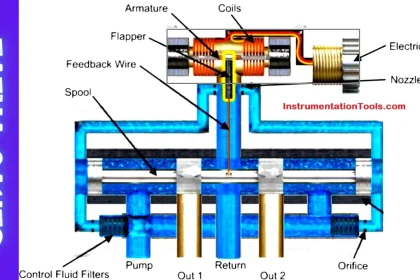
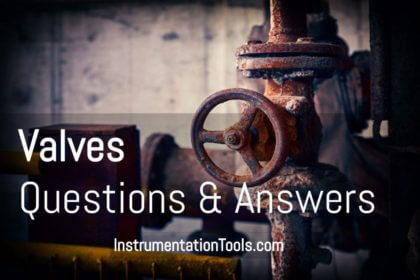
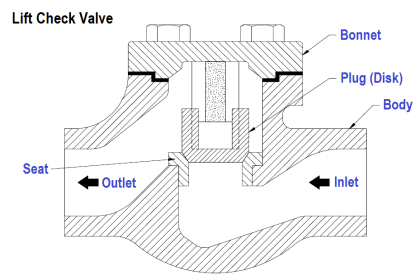
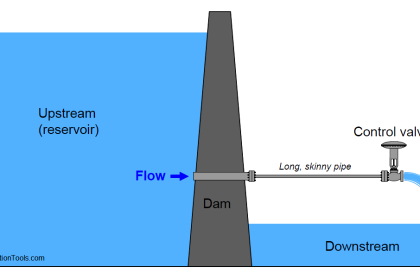
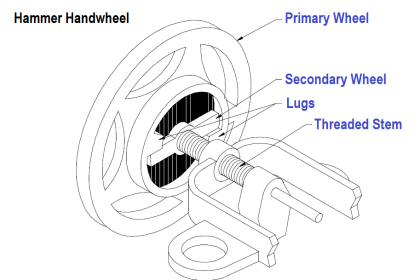
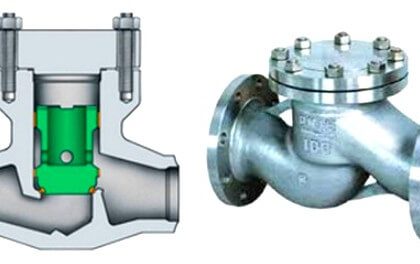
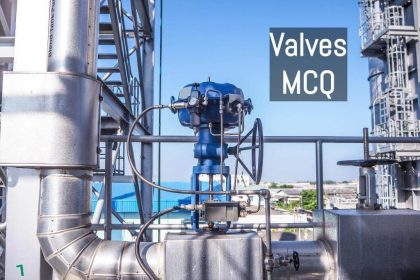
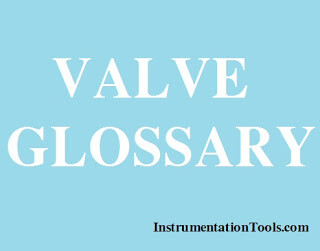
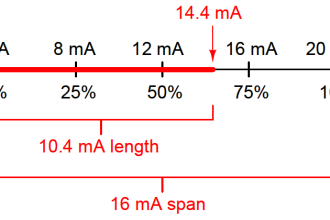
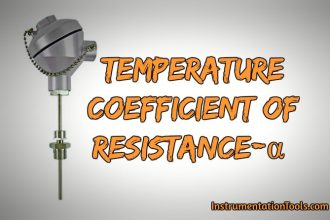
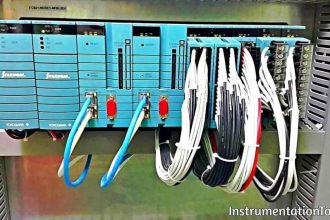



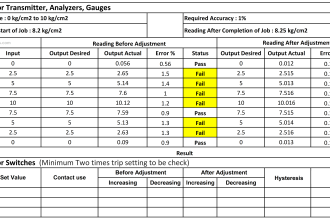
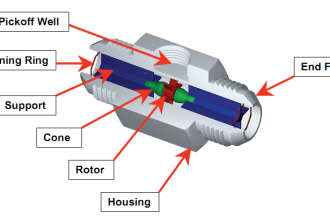

– another points to consider when taking Cv is the injected pressure and the valve should be in a fully open position. Correct me if I’ m wrong.